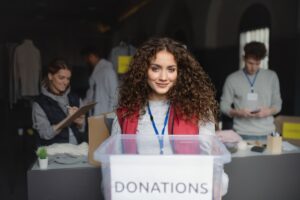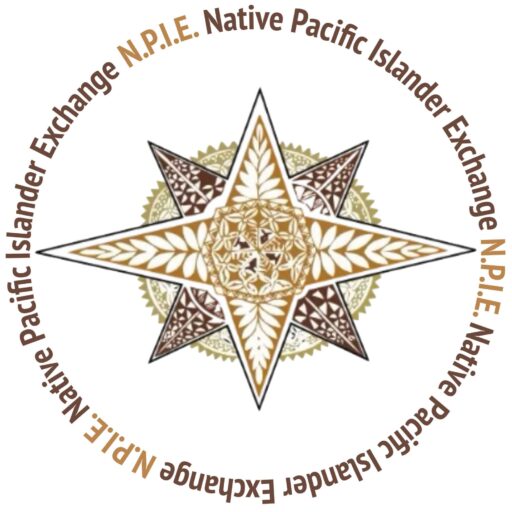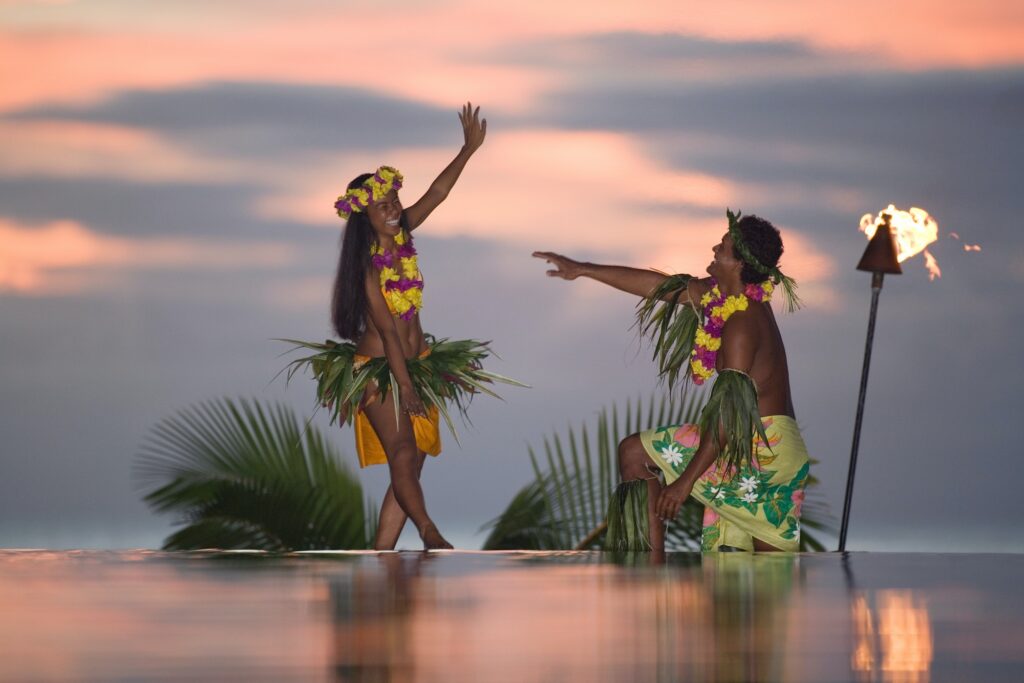This is to bookmark a study. We are not here to insinuate that this product is the cure, what we can say is that this is another option that is available to you.
Why Photobiomodulation may be Useful to Polynesians:
- Addressing Prevalent Health Issues:
– Knee osteoarthritis and joint issues is prevalent in certain populations, especially Polynesians aka Native Pacific Islanders.
– PBM can potentially alleviate pain and promote healing, thus providing a non-invasive option for managing osteoarthritis and similar conditions.
- Accessibility and Safety:
– PBM is non-invasive and tends to have fewer side effects compared to surgical interventions or long-term medication use.
– Being a relatively portable technology, PBM devices can be brought into remote or underserved areas, making treatment more accessible.
- Cultural Respect:
– It doesn’t require extensive hospital stays or travel, which allows individuals to stay within their communities and maintain their roles and responsibilities therein.
Implementing PBM in the South Pacific Islands:
Healthcare Integration:
- Partnerships:
– Establish partnerships between Native American Organizations, healthcare providers, and local community leaders in Polynesia to facilitate the introduction of PBM.
- Training:
– Conduct training sessions for local healthcare workers to operate PBM devices and educate communities about its benefits and usage.
- Mobile Clinics:
– Implement mobile clinics equipped with PBM technology to reach remote areas, ensuring wider access to the treatment.
Cultural Preservation and Community Development:
- Integrate into Community Development:
– Ensure that the introduction of PBM and related healthcare technologies are interwoven with efforts to support and enhance local cultures, traditions, and practices.
- Supporting Traditional Roles:
– Use of PBM to enable elderly community members (who may be particularly impacted by osteoarthritis) to remain active and engaged in community and cultural practices.
- Cultural Exchange:
– Utilize platforms like “Polynesian Cultural Exchange” to promote knowledge sharing, including sharing insights into health and wellness practices between Native American and Polynesian communities.
Education and Awareness:
- Create Awareness:
– Develop educational materials and conduct awareness sessions about PBM and its benefits in local languages and culturally relevant formats.
- Involve Local Influencers:
– Engage with local leaders, influencers, and healers to build trust and acceptance for PBM within the communities.
- Community Involvement:
– Ensure community members have a voice in how PBM is implemented and utilized in their regions to respect and uphold their cultural integrity and autonomy.
Research and Development:
- Collaborative Research:
– Develop collaborative research initiatives between Native American and Polynesian researchers to explore the efficacy and optimization of PBM in different populations.
- Data Collection:
– Establish mechanisms to monitor and evaluate the effectiveness and impact of PBM in Polynesian communities, utilizing this data to inform future healthcare interventions.
Financial and Logistical Planning:
- Sustainable Funding:
– Identify funding sources, perhaps through grants, partnerships, or social enterprise models, to ensure the sustainability of PBM initiatives.
- Logistical Planning:
– Consider the logistical challenges of implementing PBM in the South Pacific islands, ensuring adequate supply chains, maintenance capabilities, and support infrastructures are in place.
We are thoughtfully integrating PBM into Polynesian communities in ways that respect and uplift Our culture, traditions, and autonomy, such initiatives will not only enhance healthcare outcomes but also support broader community and cultural development goals. It’s pivotal that any healthcare intervention be conducted in a manner that is sensitive, respectful, and supportive of local cultures and practices, ensuring that technological advancements enhance, rather than undermine, traditional ways of life.
Please stay tuned as this page will be updated!
(THESE NOTES ARE MADE AVAILABLE SO THAT KALI CAN FINISH ALL UPDATES FOR FINAL COPY)
By Polynesian aKa Kali (focused on community development)




